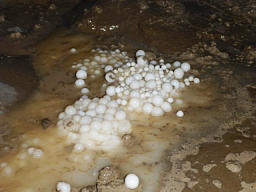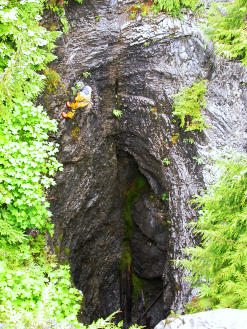


© 2025 SpeleoCanada
What are caves and karst
and why do they matter?
Although definitions vary, we generally use the term
“cave” to refer to natural (not man-made) passages into
the underground that are large enough to permit
human access and are deep enough that natural light
from the entrance(s) does not penetrate throughout.
“Karst” is the integrated three-dimensional landscape of
sinkholes, caves and springs that develops in soluble
bedrocks, mostly – but not exclusively - limestones.
Karst covers 12–15% of the Earth’s terrestrial surface and,
in Canada, accounts for approximately 900,000 km
2
of
the ice-free land mass.
Importantly, karst resources benefit billions of people
around the globe. While best known for exciting cave
systems, karst is associated with many important
natural and cultural values, rare biota in both surface
and subsurface habitats, and groundwater aquifers that
provide about 10–20% of the planet’s population with
fresh drinking water. Karst landscapes provide refuge
for endangered and endemic species, including bats,
and some have special significance to First Nations.
Certain caves are also proving to be an invaluable place
for the scientific study of long-term climate change that
may prove to be of medicinal or other value.
Less tangible, but no less important – many caves are
places of amazing beauty, sounds, and opportunities for
exploration and fun physical adventure for those with
appropriate training, equipment and fitness.
Did you know? 2022 was the International Year of Caves
& Karst
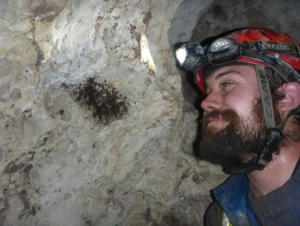

Speleo Canada
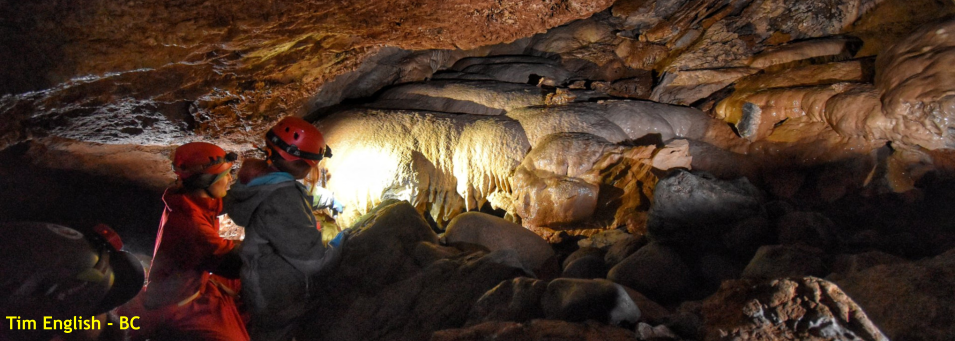
Ken Smith - Alberta
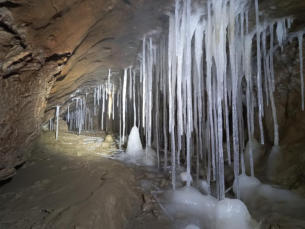
Franck Tuot - BC



© SpeleoCanada 2024
What are caves and
karst and why do they
matter?
Although definitions vary, we generally use the
term “cave” to refer to natural (not man-made)
passages into the underground that are large
enough to permit human access and are deep
enough that natural light from the entrance(s)
does not penetrate throughout.
“Karst” is the integrated three-dimensional
landscape of sinkholes, caves and springs that
develops in soluble
bedrocks, mostly –
but not exclusively -
limestones. Karst
covers 12–15% of the
Earth’s terrestrial
surface and, in
Canada, accounts for
approximately
900,000 km
2
of the ice-free land mass.
Importantly, karst resources benefit billions of
people around the globe. While best known for
exciting cave systems, karst is associated with
many important natural and cultural values, rare
biota in both surface
and subsurface
habitats, and
groundwater
aquifers that provide
about 10–20% of the
planet’s population
with fresh drinking
water. Karst
landscapes provide
refuge for
endangered and
endemic species,
including bats, and
some have special
significance to First Nations. Certain caves are
also proving to be an invaluable place for the
scientific study of long-term climate change that
may prove to be of medicinal or other value.
Less tangible, but no less important – many
caves are places of amazing beauty, sounds, and
opportunities for exploration and fun physical
adventure for those with appropriate training,
equipment and fitness.
Did you know? 2022 was the International Year
of Caves & Karst
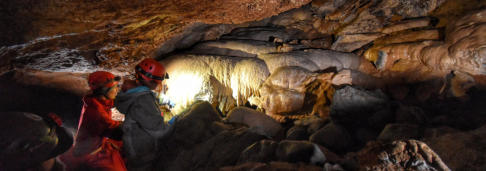

Speleo Canada
